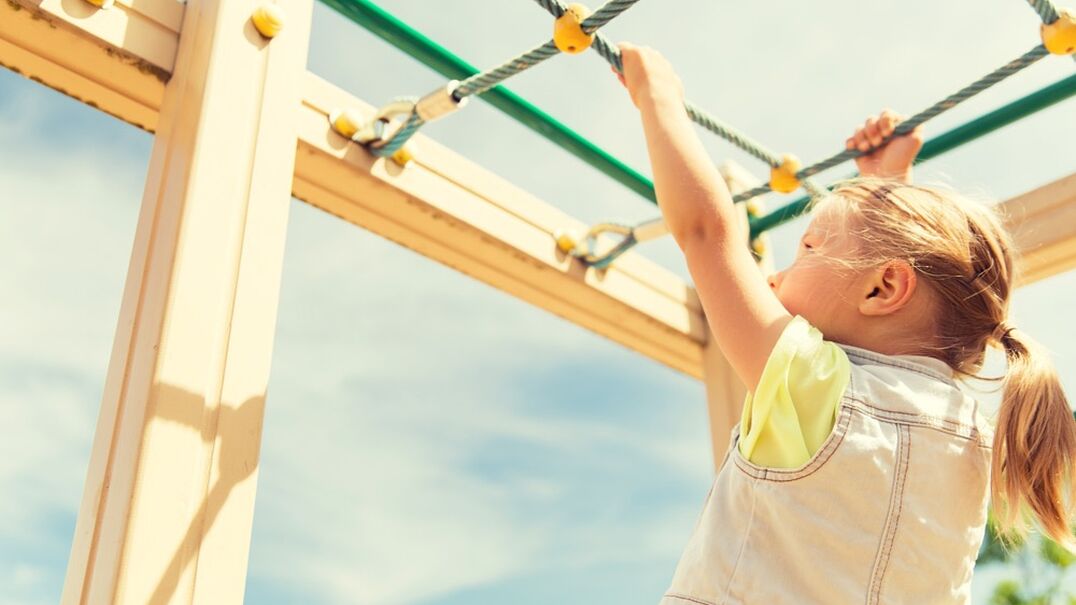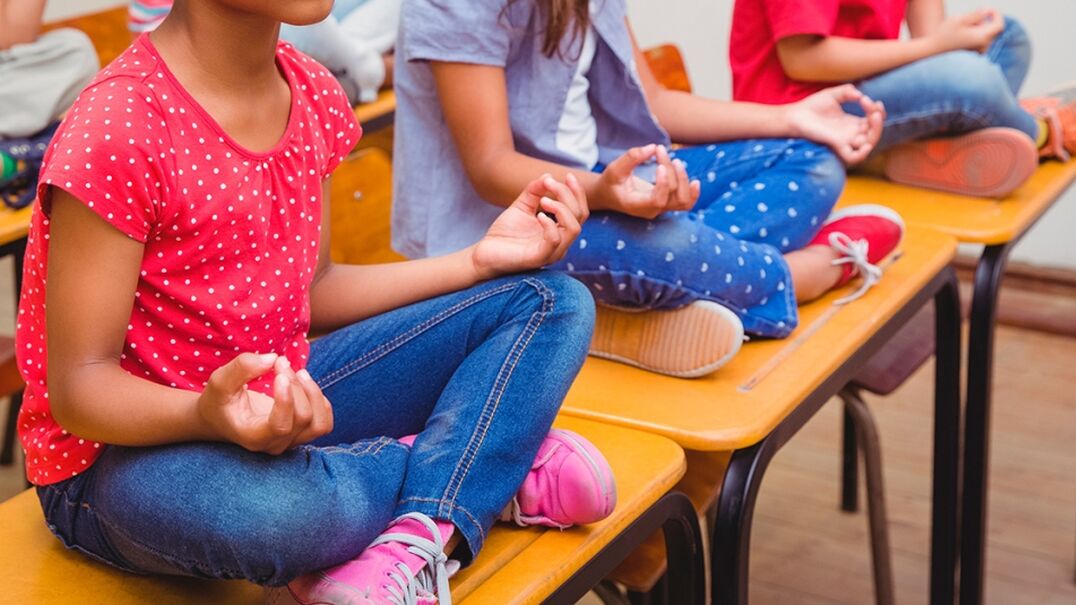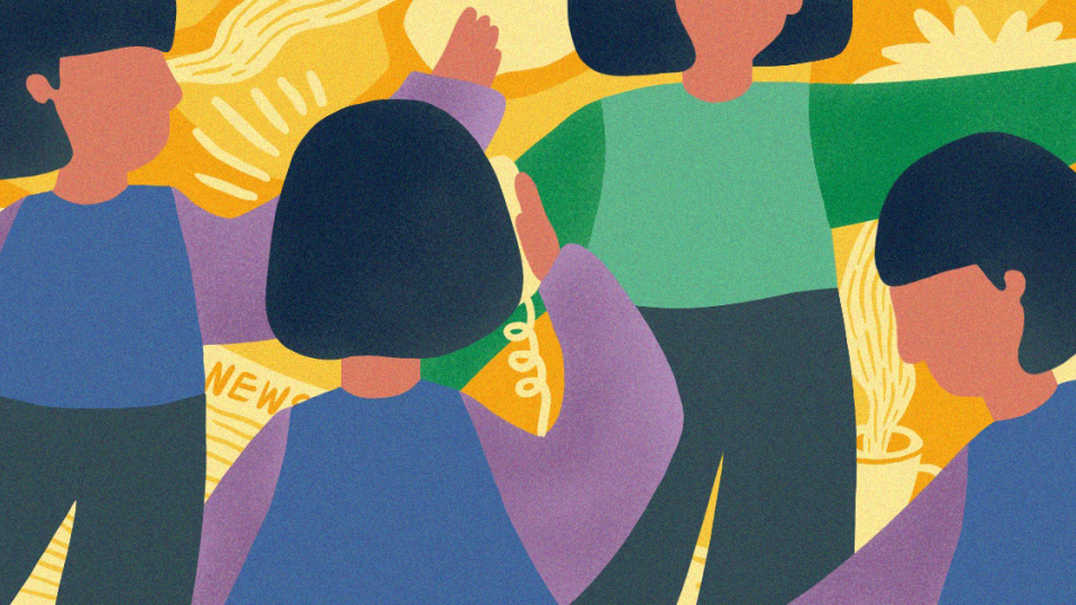Why do kids love green slime? You may have wondered this to yourself on more than one occasion when you have had little sticky fingers shoved into your face as you pick bits of slime off your shirt. The reason is simple-the brains of our little people crave it.
The human brain is an amazing thing, capable of learning and retaining so much information. But, in order to learn, our brains must feel safe.
Sensory Strategies calm a chronically stressed brain. As educators, we can provide calming and de-escalating sensory messages to our students’ central nervous and somatosensory systems. These non-verbal sensations such as vision, hearing, tactile, proprioceptive (deep pressure) and vestibular input (side-to-side movement) send messages to our brain that we are safe and our survival response can ‘stand down’.
The primary role of our brain is survival. When our brain detects danger, our limbic system kicks into fast action. The amygdala quickly sends a message to the hypothalamus which triggers our fight-or-flight response. This survival response comes in handy when we are driving and someone suddenly cuts in front of us – our brains have adapted to quickly respond to dangerous situations in order to keep us safe. After the danger has passed, our somatosensory system ‘resets’ itself when we take a deep breath, grip the wheel less tightly and re-focus our vision on the road ahead. These sensory strategies seem automatic but they have been honed through practice and repetition.
Our survival response becomes maladaptive when it is stuck in overdrive. For some children who are exposed to ongoing chronic stress and trauma, the survival response becomes the default setting in the brain and they are constantly on high-alert. A brain that is stuck in survival does not have much capacity for higher-order cortex functions like reasoning, problem solving, learning new information and selecting the sensory strategies necessary to ‘stand down’.
Our brains are the centre of our emotions and drive our biological and behavioural responses based on the input they receive. We receive sensory information about our world and our place within it through the sensations our bodies and nervous systems send to our brain. This somatosensory system is complex and plays a fundamental role in learning, behaviour and modulation.
A ready-to learn classroom is one that proactively meets the needs of all students, creating engaging rhythms and routines to enable well-regulated learners. Together we can create a shared journey to strengthen educational and well-being outcomes for all of our young people.
Article by Jennifer Colechin



